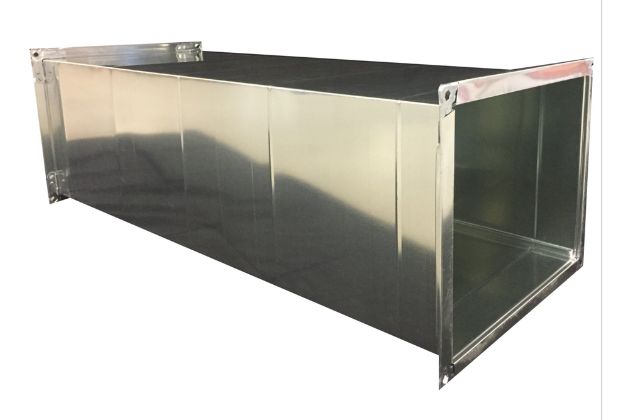insulated Duct
Truestar Air Systems
Insulated Duct
Ductwork that has an extra layer of insulation surrounding the ducts is referred to as insulated ductwork, or duct insulation. The layer of insulation in HVAC (heating, ventilation, and air conditioning) systems fulfils numerous crucial functions.

Thermal Insulation: Reducing heat transmission between the air inside the ducts and the outside environment is the main goal of insulation in ductwork. Warm air moves via insulated ducts in heating systems, minimising heat loss and increasing energy efficiency and lowering heating costs. Insulation in cooling systems helps keep moisture damage and energy loss from occurring by preventing condensation from collecting on the outside of the ducts during the circulation of cold air.
Energy Efficiency: Insulated ducts help HVAC systems operate more efficiently overall by minimising heat transfer and lowering energy losses. Over time, this can result in lower energy use and utility costs, making the investment in insulated ducts financially advantageous.
Control of Condensation: By keeping the ducts’ surface temperature above the ambient air’s dew point, insulation also aids in the prevention of condensation inside ductwork. This keeps moisture from building up on the ducts, which could cause corrosion, mould growth, and other issues.
Noise Reduction: By absorbing and damping sound vibrations, insulated ducts can assist minimise the amount of noise that enters inhabited spaces from the HVAC system. This may help create a calmer and cosier atmosphere indoors.
Temperature Control: By keeping the HVAC system’s interior at a constant temperature, insulated ducts help ensure that conditioned air reaches its destination without being greatly impacted by outside temperature swings.